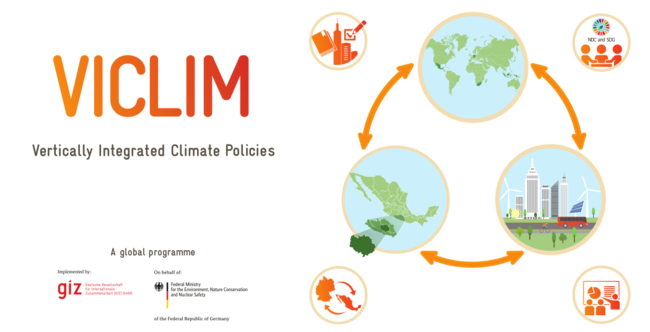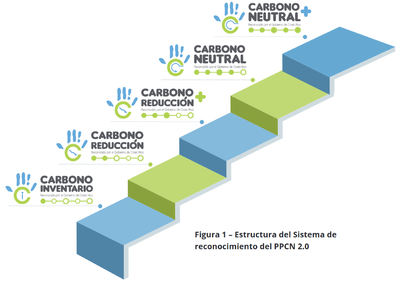Costa Rica’s Country Program On Carbon Neutrality 2.0: Category Municipalities
In brief
Overview
Costa Rica’s Country Program on Carbon Neutrality 2.0 (Programa País de Carbono Neutralidad 2.0; PPCN 2.0) is a national climate policy instrument that encourages organisations (private and public), businesses and companies as well as local governments to measure, reduce and compensate for their greenhouse gas (GHG) emissions. It uses a ‘system of recognition’ (‘sistema de reconocimiento’) of mitigation efforts by the participants.
The program’s ‘local government category’ targets specifically Costa Rica’s 82 municipalities (‘cantones’) and their districts and communities: Programa País de Carbono Neutralidad: Categoría cantonal (PPCNC) it is called. The PPCNC grants official government symbols (‘símbolos’), i.e. certificates, endorsed by the Costa Rican Ministry of Environment and Energy (Ministerio de Ambiente y Energía, MINAE), to participating municipalities and districts for their endeavours in climate change mitigation.
There are five levels of recognitions with the respective symbol to obtain:
- recognition for elaborating a GHG inventory[1];
- recognition for managing mitigation actions and quantifying GHG emissions reductions;
- recognition for taking additional reduction actions defined by the programme;
- recognition for compensating for emissions that have not been reduced by the actions taken (possible mechanisms of compensation are set in the program); and
- recognition for taking additional compensation actions.
Besides the overall objective of a reduction of GHG emissions, the programme pursues following additional benefits:
- to raise awareness among municipalities and their citizens about climate change and the challenges involved in the process of decarbonising the country's economy;
- to strengthen inter-cantonal and inter-sectoral strategies for climate action;
- to produce primary information on GHG emissions inventories in cantons and districts.
The programme was designed by the Direction of Climate Change (Dirección de Cambio Climático, DCC) of the Ministry of Environment and Energy (Ministerio de Ambiente y Energía, MINAE) and made official by Executive Decree No. 41122.
The main process steps
The first step within the process is to have the municipality’s or district’s commitment through an official agreement by the Municipal or District Council and a statement by the Mayor. The second step is the establishment of an inter-sectoral commission within the municipality that executes and monitors all actions around the programme and the mitigation efforts. After that, the foundations for the inventories have to be laid: definition of the geographical boundaries, of sectors, sources and scopes of GHGs, of baseline and report years, and definition of the methodologies used. Costa Rica actually established a unique report that includes all five sectors (energy, transport, waste, industry and agriculture) and different sources of emissions by sector. It reverts to the Global Protocol for Community-Scale Greenhouse Gas Emission Inventories (GPC). The (inventory) report period is 3 years given the complexity to collect all the information and dealing with municipal proceedings.
In order to receive the first ‘Carbon Inventory’ symbol / certificate, the municipality or district now has to collect the information, calculate the emissions and have the quality of the data evaluated (refer to steps # 8 to 10 in figure). For the subsequent certificates, municipalities can apply after having implemented measures and additional measures respectively and after having made compensations.
References
- ↑ The specifications set in the program are based on the Global Protocol for Community-Scale Greenhouse Gas Emission Inventories (GPC) adapted to the Costa Rican context.





















